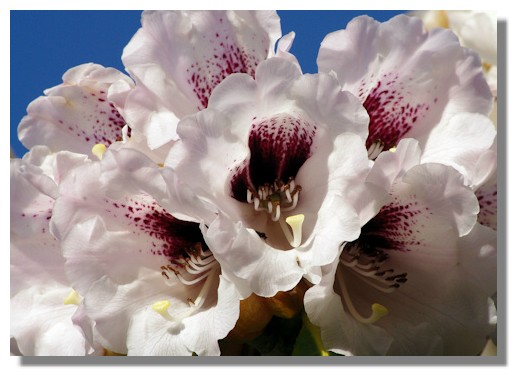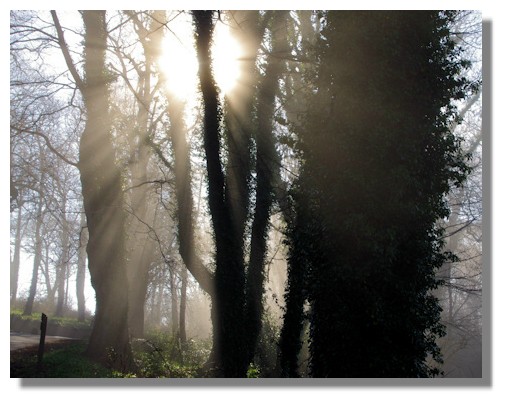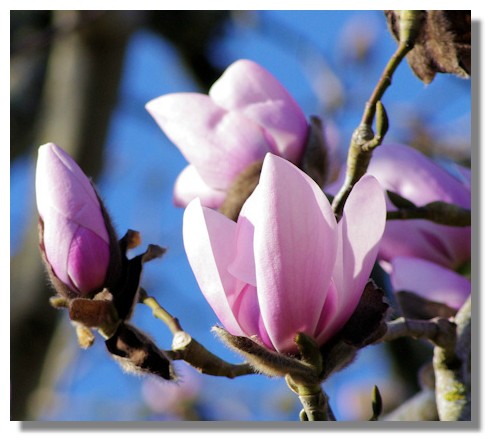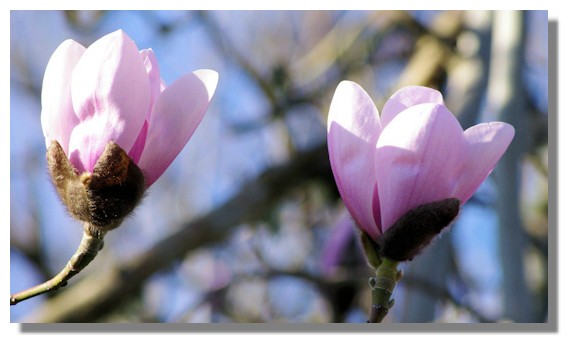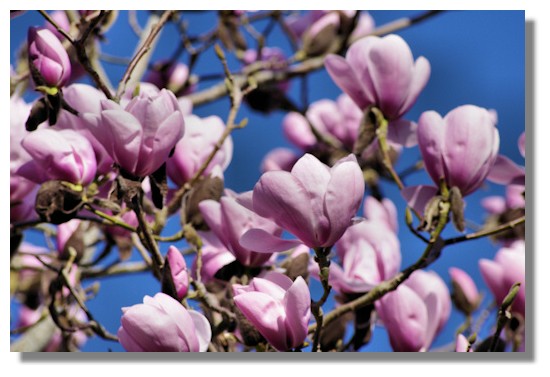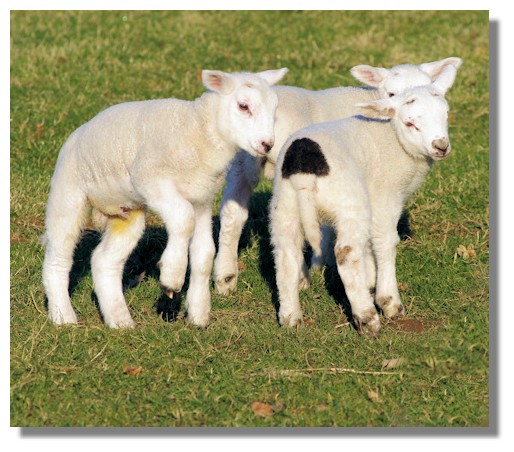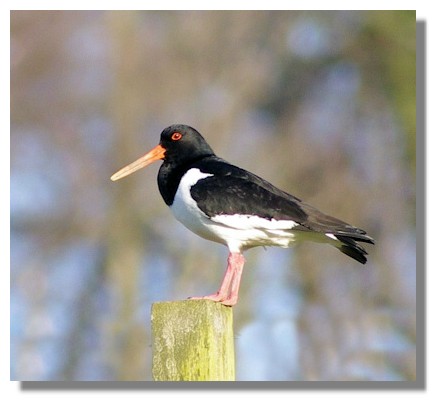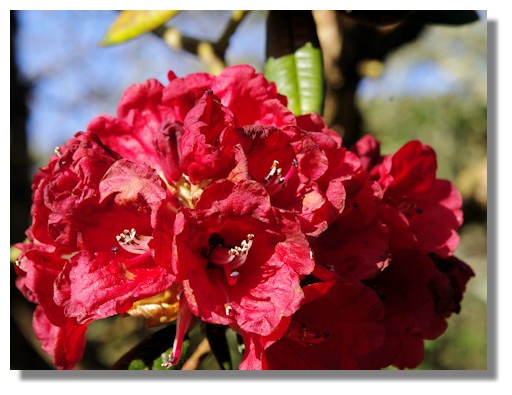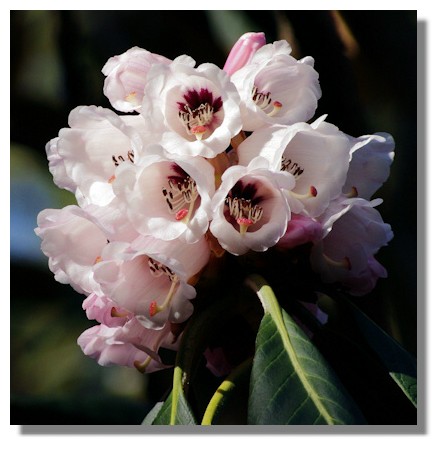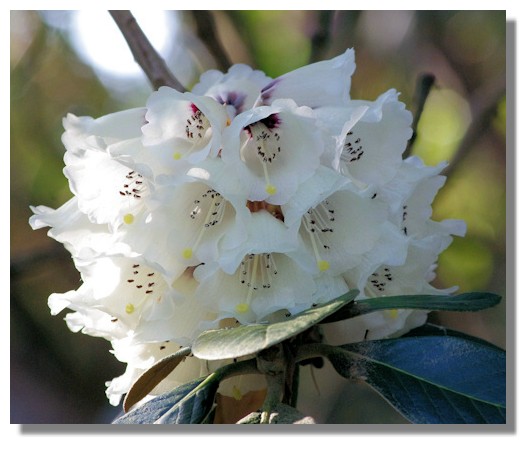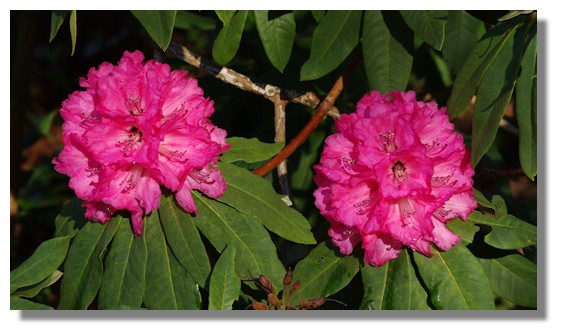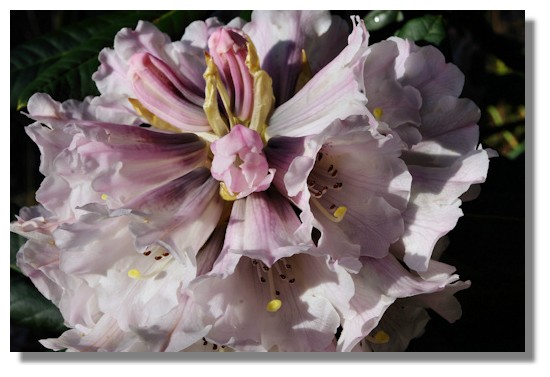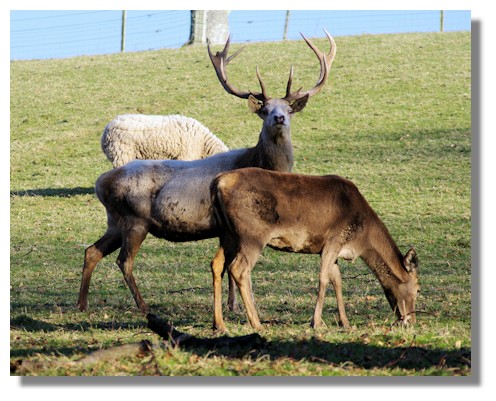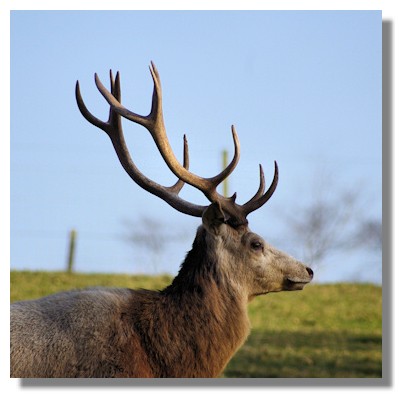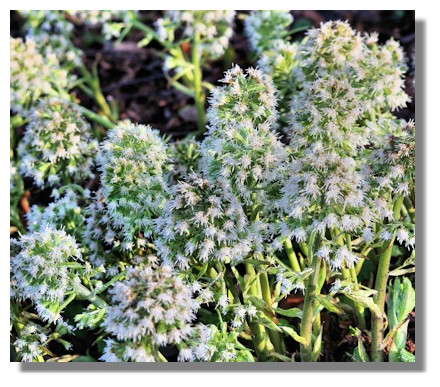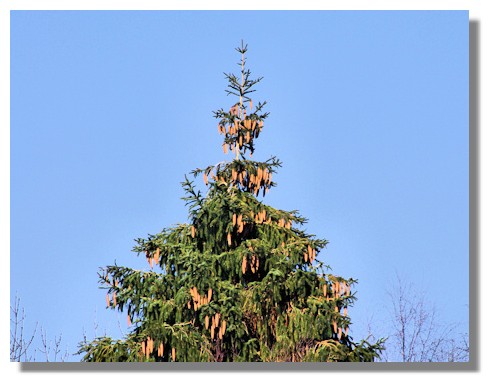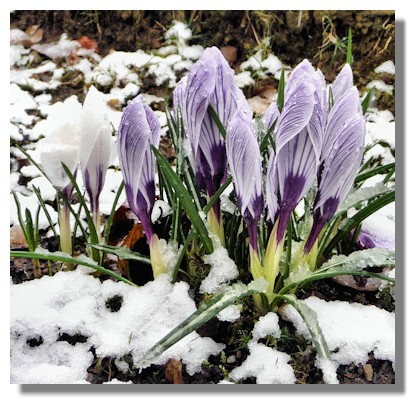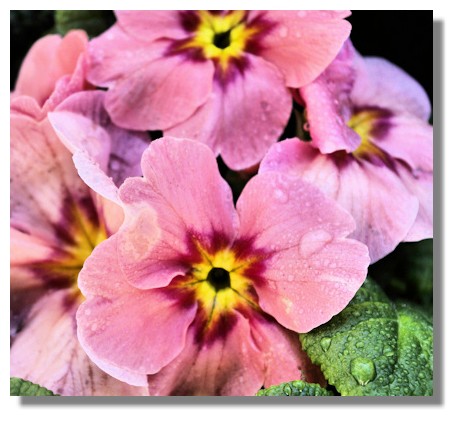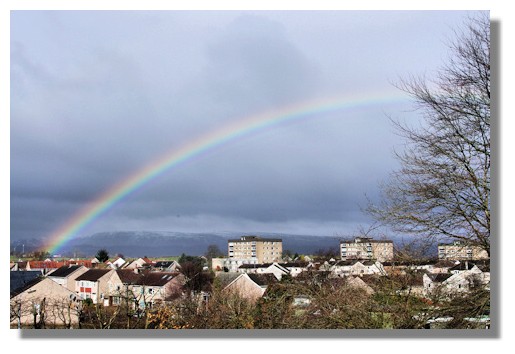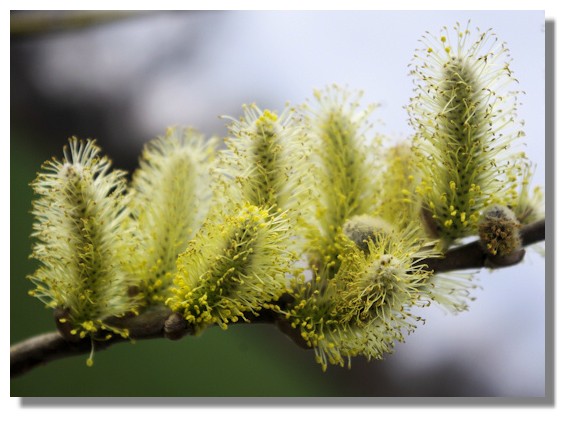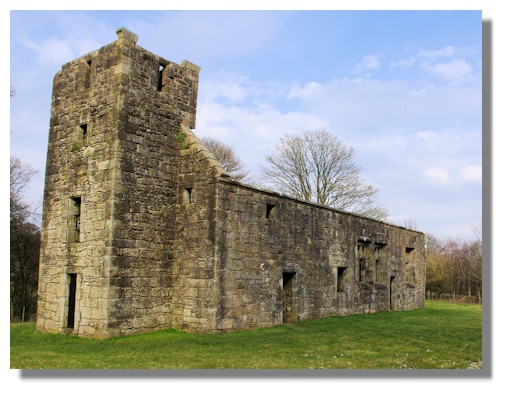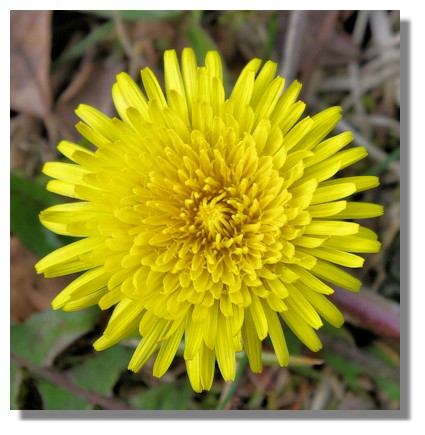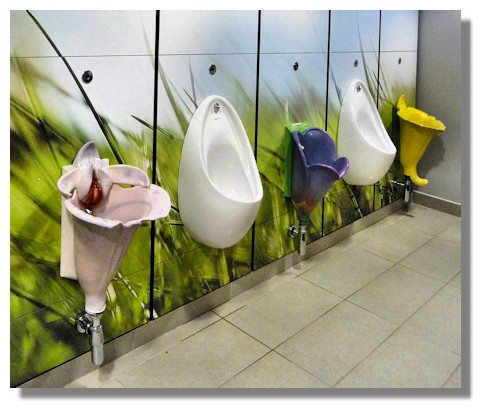Scottie's Monthly Photo Diary
- March 2011
Background
I never go anywhere in Scotland without my camera and I take photographs wherever I go. Sometimes I go somewhere specifically to take photographs with a view to adding another page to the Rampant Scotland site. On other occasions I just see something that makes an attractive picture or else it's another graphic to add to the library to perhaps use on a future occasion. This is a selection of the best photographs I took in March 2011 with a commentary on each one. It thus forms a pictorial diary of my travels during the month which can be shared by everyone! There's also a link to a slide show of the pictures on YouTube.
Culzean Country Park
Although most National Trust for Scotland properties are closed from the first of November to the end of March, Culzean Country Park in South Ayrshire is open all year round. There's maybe not many flowers around in the winter but by the end of March the country park is springing back to life with magnolia and some magnificent rhododendrons, in particular, in bloom. We had left Glasgow in the sunshine but as we arrived at Culzean, there was a lot of mist around - as you can see. But it soon cleared up - but not before I had taken this atmospheric picture in one of the woodland areas.
I was hopeful that despite the hard winter and some recent frost, the tall magnolia trees would be in blossom and I wasn't disappointed. In some earlier years there have been signs of frost damage on the flowers but surprisingly this year there was very little in the way of browning on the petals.
This is the typical cup-shaped flowers of magnolia although there are many different varieties - some flowering later in the year.
Magnolia is named after a French botanist Pierre Magnol. According to Wikipedia, Magnolia evolved before bees appeared, so the flowers developed to encourage pollination by beetles. As a result, the carpels of Magnolia flowers are tough, to avoid damage by being eaten by crawling beetles. Fossilised specimens of magnolia have been found dating to 20 million years ago.
There are lots of spring lambs in the fields now, but they often run away as soon as I approach with the camera. But like much of the wild life at Culzean, these ones carried on playing amongst themselves when I appeared. I'm not quite sure where the one with the unusual black patch on its rump got the marking from!
Oystercatchers usually fly away when humans approach but this one was content to stay on a fence post while I took its portrait. They always look incongruous with those large orange-red bills - useful for digging up not just shellfish at the seashore but also worms inland in farmland. Their loud piping "kleep-kleep" call can often be heard long before they are seen. In winter, resident numbers of around 80,000 in the UK swell to over 340,000 as birds from Scandinavia migrate here.
Although there are early flowering rhododendrons, the peak flowering season is still to come in Scotland. But either because of climate (Culzean is in the south west of Scotland on the Ayrshire coast, so gets some benefit from the warmer waters of the Gulf Stream) or the selection of varieties, Culzean Country Park has a great display of rhododendrons in flower even in March. In the earlier days of digital cameras, a red flower like this would not have been recorded very well. These days, even in woodlands without a lot of light, the camera picks up the reds perfectly.
Many of the rhododendrons pictured here are located in woodland areas which many visitors never seem to find, which is a great pity as there are many really lovely rhododendrons there at this time of year. The plants have only been there for a few years and have not reached the giant size that some rhododendrons grow to. But that just means that many of the flowers are within easy reach of the camera.
As mentioned earlier, there was slight mist when we arrived but by the time we had reached the rhododendrons the sun was slanting through the trees and lighting up the blooms. Of course it was not all plain sailing - there were lots of trailing branches of brambles (blackberry) on the ground and progress was often held up when I got entangled in their sharp thorns!
This red variety has the typical shape of rhododendrons. I think it was at this point, as I got deeper into the woods in pursuit of yet another rhododendron that I realised I had "lost" my wife. But when we eventually met up again I found she had been busy watching a flock of bullfinches feeding amongst the trees near the path. I tried taking some photos of them but the lack of light and the intervening branches made it too difficult to get an acceptable picture.
With its buds still unfolding and its unusual colours, this rhododendron doesn't look typical. Unfortunately, the woodland setting and large bushes doesn't lend itself to having labels with the names of the varieties on them. Perhaps after the visitor centre opens again on 1st April, I can take the pictures to the park rangers and see if they can identify them. They are sure to have records of all the ones planted in recent years.
There is a good sized herd of red deer at Culzean. Many of the female deer (the hinds) will give birth to their fawns in June/July and the park rangers will be keeping count of their numbers. In previous years I've been lucky enough to time my visits so that I have seen a fawn being born - and see its first tottering steps.
Normally red deer in the wild run away as soon as anyone approaches but those at Culzean get so used to seeing visitors staring at them and pointing cameras that they just stare back! I've even had a stag trotting towards me as I tried to focus on it - which can be disconcerting!
Finlaystone, Inverclyde
I've seen this carpet of white flowers before at Finlaystone Country Park and despite scouring books on wild flowers, have never found out what it's name was. This time, I asked at the visitor centre - and found that others had been asking the same question, so they were able to tell me that it's a "Butterbur". Another common name for many species of this genus is Sweet Coltsfoot. They are plants with thick, creeping underground rhizomes and the short spikes of flowers are produced just before the leaves in spring, and large Rhubarb-like leaves appear later. They prefer moist environments such as riverbanks, marshes and ditches and the carpet of "butterbur" at Finlaystone was indeed on a slope leading down to a burn.
These pine cones, high on a tree beside a small loch at Finlaystone caught my eye and so the telephoto lens came into play to try to get as close as possible. Pine cones can take 12 to 24 months to mature before the seeds are ready to be dispersed.
My Own Garden
There were a number of cold spells in March and even in central Scotland there were some light falls of snow. These crocus (and the adjacent snowdrops) managed to cope with the bitterly cold weather. Of course, they kept their petals tightly closed, even when the sun eventually came out.
I had bought some primroses to provide some extra colour in my garden but had to wait till the rain stopped before planting them. But that just meant it was easier to take a photograph of them with raindrops adding to their attractiveness.
Even though it wasn't yet April showers, there were many days when there was rain and sunshine at the same time (a typically Scottish phenomenon) thus producing the conditions for some nice rainbow pictures!
Lochwinnoch, Renfrew
Our trip to Lochwinnoch in Renfrewshire was principally to buy some more bags of peanut "nibbles" and suet cakes (laced with either berries or dead insects) for the bird feeders in my garden. But we also went for a walk along the banks of Castle Semple loch and the willow trees there were laden with yellow catkins. The local bees were busy buzzing around them, getting covered in the yellow pollen. It was a mild (50F) sunny day and we sat beside the loch at one point, enjoying the view - and watching members of the local rowing club working hard on the loch!
Castle Semple Collegiate Church was founded in 1504 by John, Lord Sempill in the grounds of his castle. Its main purpose was for the clergy to pray for the founder and his family. Lord Sempill employed a senior priest, six chaplains, two altar boys and a church officer so his soul was well looked after! Lord Sempill was killed a few years later at the Battle of Flodden in 1513. The church was extended slightly at that stage to accommodate an impressive tomb recess. The church fell out of use after the Reformation in the 16th century but survived as a burial enclosure. A more recent burial was in 1874, when an Anne Lee aged 99 was interred there.
There is a long straight cycle track beside the loch, part of a National Cycle Network, running from Carlisle to Inverness. In the summer there are lots of wild flowers growing at the side of the track but at this time of year there was only one lonely dandelion. But seen close up, it has its own attractions and interest.
After Lochwinnoch, we called in at a Dobie's Garden Centre near the Braehead Shopping Centre on the edge of Renfrew. Although I can assure you that I don't normally take a camera into the gents loo, I had read about this one in a newspaper article shortly after the garden centre had opened. It seems that on its first day staff had to clear the facility - to allow ladies in to have a look at what their husbands and boyfriends had been talking about! Only seeing with your own eyes the urinals in the shape of flowers does justice to the scene!
Click here for a slide show of most of the graphics on YouTube
If you want to read the other Diary entries going back to 2009, there is an Index page.
